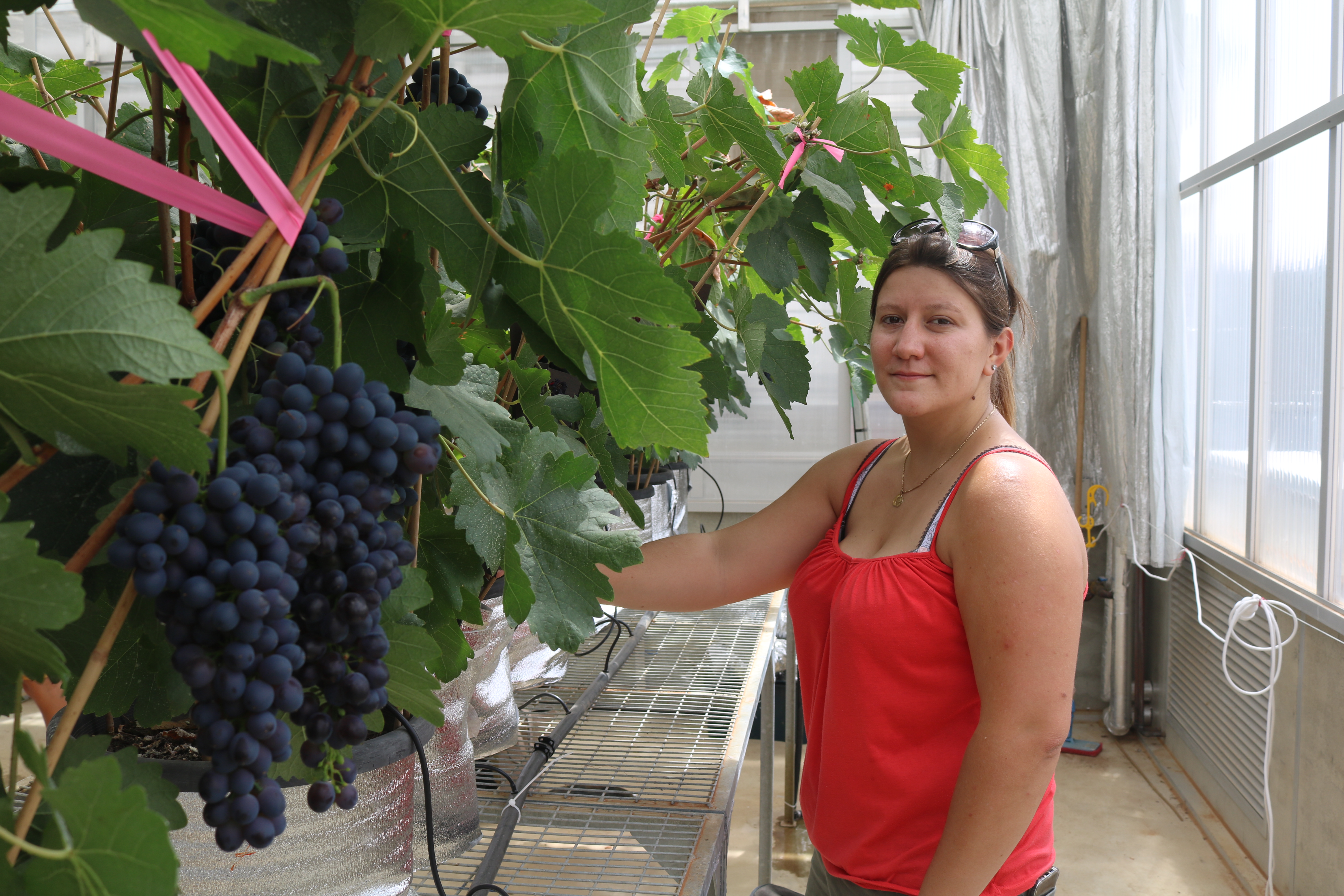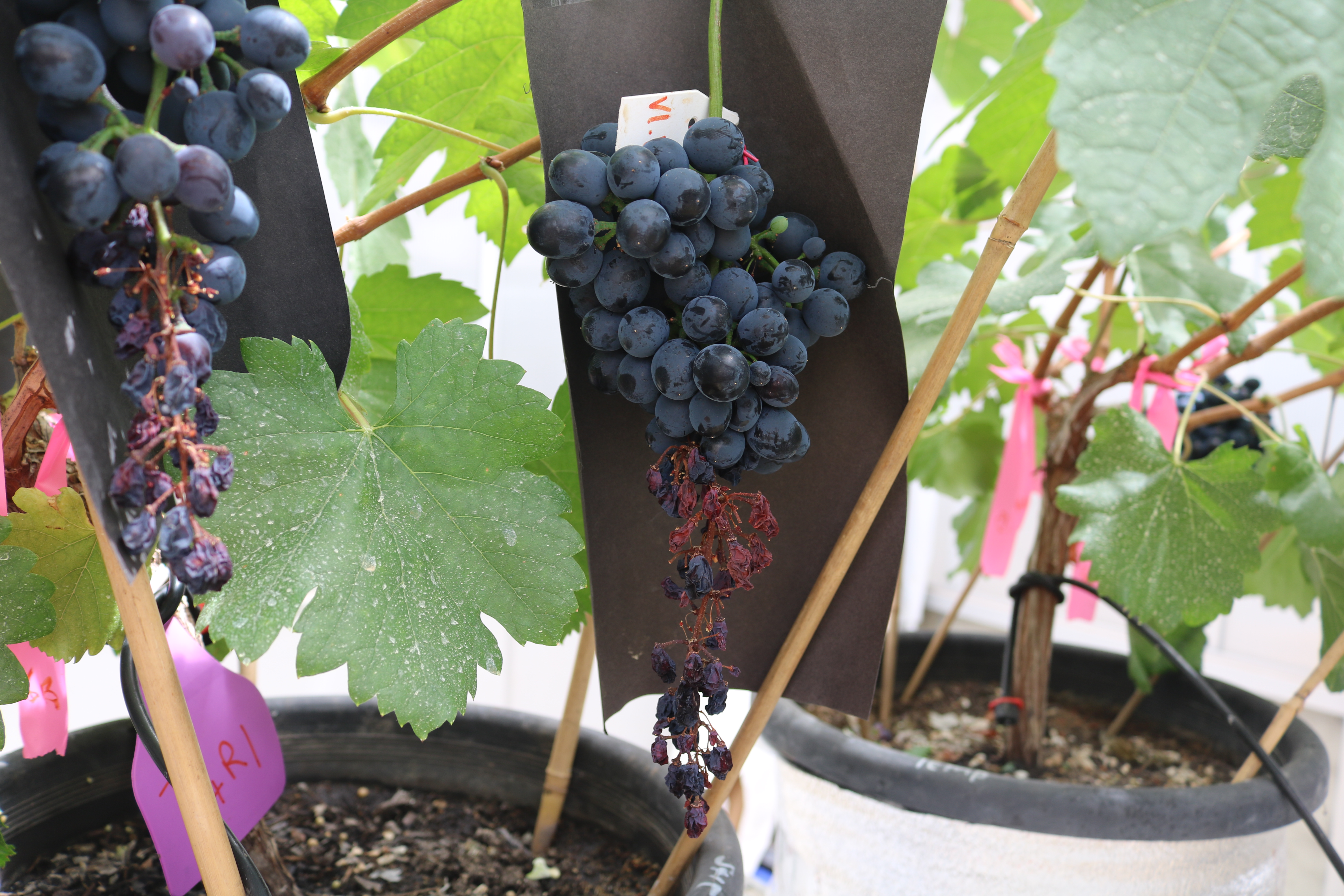As inland Australia braces for more hot weather, a researcher from the National Wine and Grape Industry Centre (NWGIC) is studying the impact of heat waves on the physiology and composition of Shiraz grapes.

"So far, my research has examined the impact of three-day heat waves at the bunch and whole-vine levels, observing the impact of high temperature, 40 to 45 °C, and extreme temperature, above 50 °C," Ms Gouot said.
"We’re interested in seeing how that influences compounds such as phenolics in berry skin and seeds (tannins, anthocyanins), and sugars and acids in the pulp.
"My current experiment is looking at the impact of high daytime temperatures at different stages of berry growth on the accumulation of phenolic compounds in skin and seeds. I will also assess extractability of those compounds under wine-like conditions as heat can affect berry integrity.
"Phenolics can contribute to wine colour and taste or mouthfeel, so it is essential to understand how they are affected."

"It’s hoped the research will give growers and winemakers more information about the impact of heat waves on berry survival and quality to guide decision making."
The NWGIC is an alliance between CSU, the NSW Department of Primary Industries (DPI) and the NSW Wine Industry Association.
Photo credit: (top) PhD student Ms Julia Gouot.






